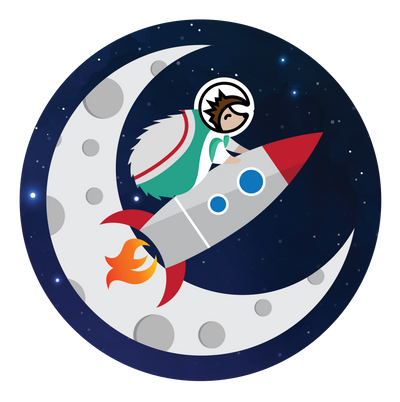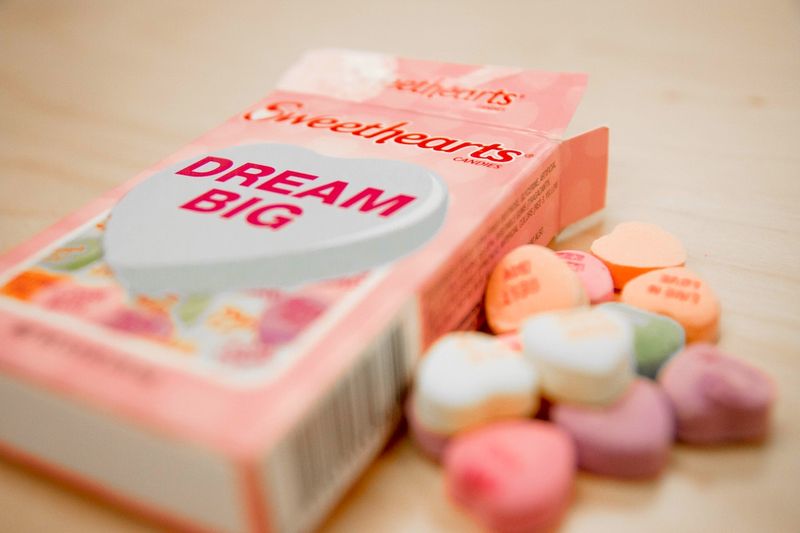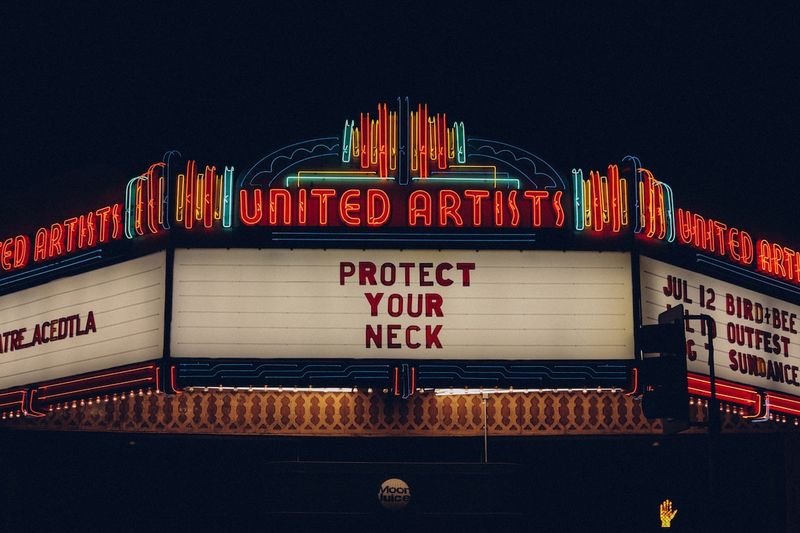With the tremendous growth of the NFT industry, there has been no shortage of speculation on their potential uses. They can be used in various fields from digitizing real-world assets such as real estate to digital avatars in the metaverse.
One very interesting use case for NFTs is in enabling digital assets to be interoperable with multiple different and even loosely related digital environments and ecosystems.
Such a feature is particularly appealing to gamers, who love the idea of being able to use the various digital items that they own, such as weapons, characters, and skins, across multiple games (Just imagine!).
This way gamers can truly "own" the digital items they spent a lot of money and time acquiring. For this to be made possible, however, there is a need for the standardization of NFTs.
What is NFT standardization?
NFT standardization refers to the creation of NFTs according to a set of rules or guidelines that define how the data contained in these NFTs are to be structured and how the NFTs themselves are to be created—think a cooking recipe, but for NFTs! Standardization is quite a hot topic and is an absolute must if NFTs are to become usable across digital environments in a seamless manner.
In this article, we'll discuss how much progress has been made in this exciting new frontier, what the future of standardization looks like, and how you may standardize your own NFTs.
We'll be making references to NFT standardization as it relates to blockchain gaming as this is arguably where one of the strongest use cases of standardization lies.
But first, it's important that we discuss the two "components" of NFT standardization—NFT standards and NFT metadata standards—and highlight the difference between them. While they're related and both contribute to NFT standardization, there's a key difference between them you should take note of.
What's an NFT standard?
An NFT standard, or more accurately, token standard (since NFTs are tokens too), basically defines the features that an NFT possesses and how it is to be created. One of the most popular NFT standards is Ethereum's ERC-721, which is the standard that some of the most popular NFT projects such as Cryptopunks and Cryptokitties were built on.
Some other popular NFT standards include:
- ERC-1155 - developed by NFT platform developer Enjin and allows for the bulk creation and transfer of NFTs, reducing the cost of creating a large number of NFTs as is often required in most blockchain games.
- ERC-998, which is built upon ERC-1155 and allows for the merging of fungible and non-fungible tokens into one NFT
- Binance's BNB chain's BEP-721 and BEP-1155, which work just like ERC-721 and ERC-1155, except that they are cheaper to create and transferred and can be transferred quicker.
So, what's a metadata standard?
For the uninitiated, NFT metadata simply refers to the various "attributes" or "stats" of a particular NFT. For instance, each car NFT in a collection of NFTs meant for use in a car racing game will have metadata depicting their speed, acceleration, durability, etc.
As you might have guessed, a metadata standard just defines how NFT metadata is to be structured. So, stuff like what attributes an NFT must have and perhaps the maximum value of a particular attribute would be defined in a metadata standard.
If an NFT standard is a recipe for a particular meal, then a metadata standard is the list of ingredients required to prepare that meal—you can combine them in different ways and amounts to create the same meal over and over that tastes different each time.
As you can imagine, NFT interoperability can only reach its peak once the industry embraces well-defined NFT and metadata standards, in which case using one NFT across multiple digital environments and ecosystems becomes possible.
How to standardize an NFT
While some of the most established companies and most promising startups in the crypto space are working to tackle the problem of NFT standardization, no one has managed to create a coherent standard for NFTs that works across a large number of ecosystems yet as most efforts have been focused on particular blockchains and ecosystems.
But while there isn't yet an NFT or metadata standard you can follow to ensure your NFTs are compatible with all ecosystems, there are standards you can follow to make them compatible with certain ecosystems. Some are listed below.
ERC-721 NFT standard
One of the most popular NFT standards on the Ethereum blockchain, and in the entire crypto industry at large, has an official metadata standard that was developed to ensure that NFTs created according to the ERC-721 standard can be seamlessly integrated into the Ethereum ecosystem.
BNB chain NFT standard
Binance, the world's largest exchange by trading volume, developed an NFT and metadata standard for NFTs on its BNB chain ecosystem. In a blog article, they highlighted that standardization would enable their marketplace to onboard new projects more easily and quickly and even promised to push for the use of their standard beyond their own blockchain.
Interchain Foundation standard
Another notable attempt at standardizing NFTs is one led by the Interchain Foundation. The Interchain foundation is an organization committed to the funding and advancement of the creation of an "interoperable, sustainable and community-owned decentralized ecosystem."
They have partnered with Persistence One, developers of tendermint-based blockchain protocol Persistence; and ixo Foundation, a non-profit dedicated to the research and development of open-source technologies for sustainable economic growth and development to develop an NFT and metadata standard intended for use across a myriad of blockchain networks and decentralized ecosystems.
This effort at standardization is particularly notable as it looks beyond just a few blockchains/ecosystems and is trying to create a unified standard that could potentially usher in an era of highly interoperable NFTs.
Standardizing metadata
While there hasn’t been a concrete solution that addresses this problem, therehave been some individual efforts. As Lead Designer at the Chonky Chicken NFT Project, Tony Carpenter, mentioned in his tweet, their games have some standard attributes such as Health, Strength, Defense etc. While these do make sense for a combat-based game, other strategy or card games would need a different set of attributes such as powers etc.
The challenge here lies in predicting which metadata standards are common across certain categories of games. Perhaps we could have standards that cater to different categories and then build on them? Kind of a rulebook to refer to? Food for thought.
Will true NFT standardization across games ever happen?
Now, the burning question at the back of your mind is probably: "Will NFTs ever truly be standardized?"
"Will I ever be able to use the horse I just got on Zed Run in Polygon's Pegaxy or show off my new kicks that I won't stop flaunting in Decentraland in The Sandbox as well?"
Or as a developer, you might wonder if you'll ever be able to create a set of NFT game characters or assets that will be usable in virtually all blockchain ecosystems.
Only time can tell if unified standards will ever exist, but with the entire blockchain industry now making a shift towards the development of highly interoperable networks — that’s definitely the next cog in the puzzle.
Lipsa Das is the founder of Spiritwish, and you can find her on Twitter, LinkedIn, and Instagram.
Of course, don't forget to subscribe to the weekly Hedgehog newsletter!






